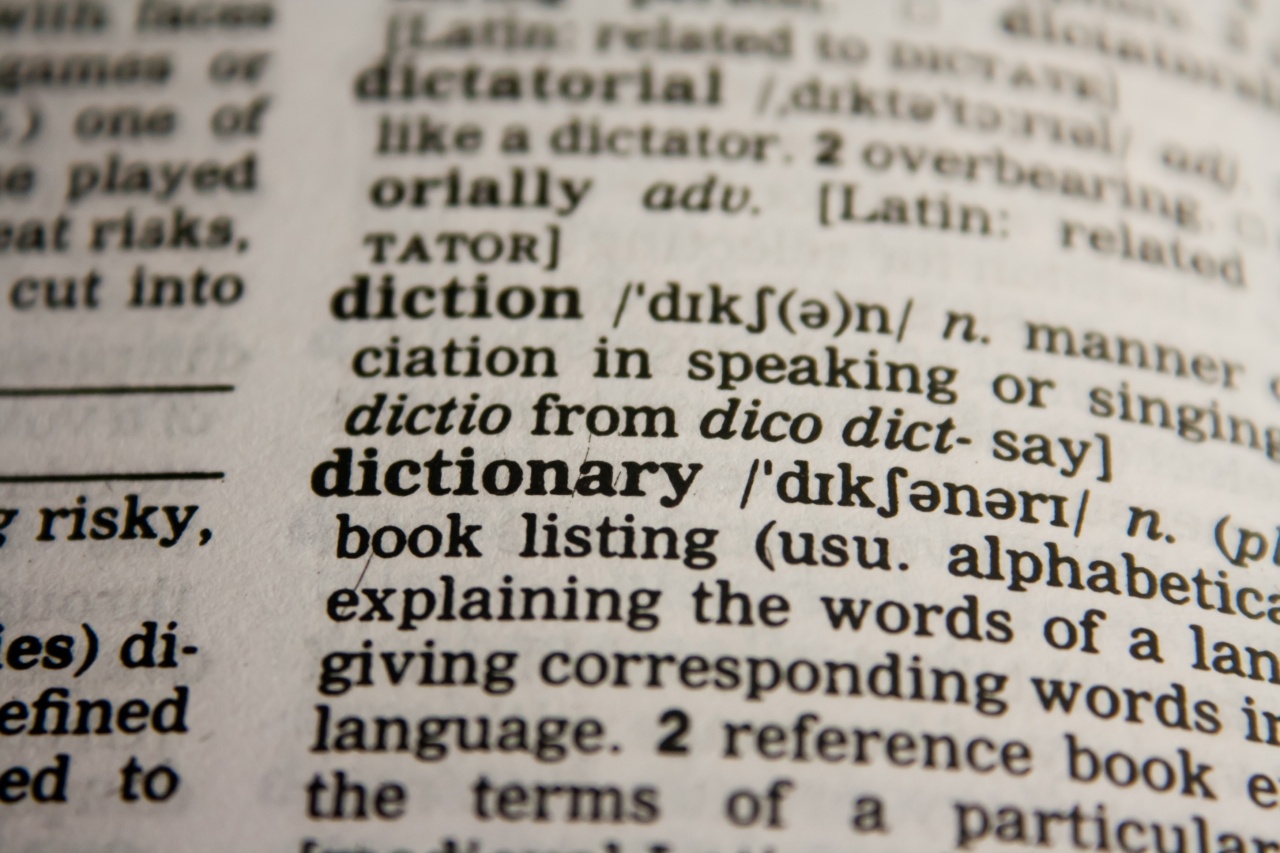Gestures play a significant role in human communication. Often used subconsciously, gestures can convey a wealth of information and emotions that words alone cannot express.
From a simple nod of the head to complex hand movements, gestures have the power to bridge language barriers and connect people on a deeper level. In this article, we will explore the meaning behind various gestures and delve into their cultural significance.
The Power of Nonverbal Communication
Nonverbal communication, which includes gestures, facial expressions, and body language, complements verbal communication and enhances the overall message.
In fact, studies suggest that nonverbal cues comprise the majority of our communication, accounting for as much as 80% of the information we convey.
Facial Expressions: Windows to Our Emotions
Our faces are a canvas on which our emotions are painted. Facial expressions can provide valuable insights into an individual’s feelings, helping us understand their joy, anger, sadness, or surprise.
A smile is universally recognized as a sign of happiness, while a furrowed brow indicates concern or worry. However, it is important to note that facial expressions can also vary across different cultures, so it is crucial to consider cultural context when interpreting them.
The Language of Hand Gestures
Hand gestures can be incredibly diverse, carrying various meanings depending on the cultural or social context. They can be used to emphasize a point, express agreement or disagreement, signal caution, or even convey offensive gestures.
For example, a thumbs-up gesture is commonly interpreted as a sign of approval in many Western cultures, but in some Middle Eastern countries, it may be seen as offensive. Therefore, it is crucial to be aware of cultural differences and avoid unintentionally causing offense.
Body Language: The Silent Message
Our bodies have a language of their own, speaking volumes without uttering a word. Posture, stance, and overall body movements can communicate confidence, nervousness, interest, or disinterest.
Crossing one’s arms may indicate defensiveness or a closed-off attitude, while leaning in towards someone demonstrates engagement and attentiveness. By paying attention to body language cues, we can gain insights into a person’s emotions and intentions.
Gesture Etiquette Around the World
Gesture meanings are not universal and can vary greatly across different cultures. What may be innocuous in one country could be offensive or vulgar in another.
For instance, making an “OK” sign by forming a circle with the thumb and index finger is a positive gesture in many Western countries, but it can be considered offensive in countries like Brazil or Turkey. It is essential to familiarize oneself with the cultural norms and etiquette of a particular region to avoid miscommunication or inadvertently causing offense.
Common Gestures and Their Meanings
1. Nodding: Nodding the head up and down is generally interpreted as a sign of agreement or affirmation. It is a way of nonverbally saying “yes” or showing understanding.
2. Shaking Hands: Shaking hands is a common gesture used to greet others, convey trust, and establish a connection. It is customary in many Western cultures and signifies friendliness and respect.
3. Pointing: Pointing with the index finger is often used to indicate a particular object or direction. However, pointing can also be impolite in some cultures, so it is important to use discretion.
4. Thumbs-Up: A thumbs-up gesture is a positive sign conveying approval or agreement. It is frequently used to indicate “good job” or “well done” in many parts of the world.
5. Handshakes: Variations in handshakes can indicate different meanings across cultures. A firm handshake is generally seen as a sign of confidence and honesty, while a weak handshake may be perceived as a lack of interest or sincerity.
6. Waving: Waving is a friendly gesture used to greet or attract someone’s attention. It can be a simple hand movement or a more elaborate wave, depending on the intended message.
7. High Five: A high five involves slapping palms with another person, typically to celebrate success or show mutual enthusiasm. It is often used as a gesture of congratulations or encouragement.
8. Finger Pointing: Pointing a finger at someone can be seen as accusatory or confrontational in many cultures. It is essential to be mindful of this gesture’s implications to avoid misunderstandings.
9. Bowing: Bowing is a customary gesture in various Asian cultures, symbolizing respect and humility. The depth and duration of the bow can convey different levels of formality.
10. Hugging: Hugging is an affectionate gesture used to express warmth, love, or congratulations. However, cultural norms and personal boundaries should always be respected when considering this gesture.
The Importance of Context and Cultural Sensitivity
When interpreting gestures, it is crucial to consider the context and cultural background of the individuals involved. Gestures can have nuanced meanings that may differ from one culture to another.
Being aware of and respectful towards these differences can foster better communication, prevent misunderstandings, and facilitate meaningful connections.
In Conclusion
Gestures form an integral part of human communication, adding depth and nuances to our interactions. Understanding the meaning behind gestures can enhance our ability to connect with others, irrespective of language barriers.
By honing our awareness of nonverbal cues, we become more effective and empathetic communicators, fostering understanding and building stronger relationships.






























